IDD Insight
Indian Aircraft Carrier, the INS Vikrant, has just competed its first sea trials. As the warship nears completion it opens up multi-billion dollar opportunities for Indian and foreign companies involved in the military equipment making industry.
Just the future supply of fighter jets for the carrier would entail an estimated $ 12 billion one-time order. Besides this other major procurement could be air-to-ship and air-to-air missiles which these jets would be kitted with.
India, for anti-submarine warfare roles, is already procuring 24 of the MH60R copters from Lockheed Martin under a $ 2.4 Billion deal.

Supplies of rolling stock for the ship, spare parts for the jets, the upkeep of copters, upkeep of the General Electric LM 2500 gas turbines and arsenal like ship-launched missiles – to name just a few — would run into millions of dollars every year.
The $ 12 billion opportunity
India is looking for multi-role carrier borne fighters jets which it wants to source from a foreign manufacturer. The Russian MiG 29K, procured in 2011, are the existing deck based fighters of the Indian Navy on board its existing carrier, the INS Vikramaditya.
At present there are 42 such jets and with the INS Vikrant, more number of jets are needed. The INS Vikrant starts it aviation trials in 2022

International players like Boeing with the F/A-18 block-III and Dassault aviation with the Rafale-M are in the race for the tender. In January 2018 the Indian Navy issued a Request for Information seeking to buy 57 deck-based fighters for an estimated cost of about 95000 crores (USD 12 Bn).
Local jet development could reduce foreign supplies
A reduction in numbers of jets is possible, but the numbers still not firmed up. Indian media has been reporting that numbers could be cut down from the present demand of 57 jets. Indian Navy could settle for just 36 jets, or two squadrons. A decision is yet to be made. A reduction in numbers could be made to accommodate the indigenously made twin-engine deck-based fighter (TEDBF) under development by the Defence Research and Development Organization (DRDO) which is likely to ready by 2030 and its first flight targeted for 2026.
The Naval version of the single-engined Light Combat Aircraft (LCA) successfully landed on the deck of INS Vikramaditya in January 2020.. After this landing, the DRDO, an entity under the Ministry of Defence outlined its plan to develop a twin-engine deck-based fighter using the LCA experience.

The new TEDBF may same technologies as the Advanced Medium Combat Aircraft (AMCA) being planned for the Indian Air Force.
The Aeronautical Development Agency (ADA), a wing of the DRDO, has been tasked for developing a twin engine made-in-India fighter jet for the carrier operations. The development phase is expected to cost about Rs 8,000 crore ( approx $ 1.3 billion).
Foreign jets would need mating of western and Russian equipment
India procurement of US or French jets would need some mating of equipment and sensors. The Aviation Facility Complex (AFC), on board the Vikrant has been provided by the Russia’s Nevskoe Design Bureau (NDB) that can support a 40-odd complement of fixed- and rotary-wing aircraft. This complex has been made as per Russian designs and specifications, but India has designed and got significant changes to the complex. Indian Navy’s Directorate of Naval Design(DND) designed the carrier in a fashion to allow multiple technologies to co –exist. The carrier is being made at the Cochin Shipyard Limited(CSL), a Public Sector Shipyard under Ministry of Shipping
Besides the foreign jets Vikrant is set to operate the Russian MiG-29K fighter aircraft, the Russian Ka-31 airborne early warning helicopters, the Lockheed Martin made MH-60R multirole helicopters, as well as locally developed Advanced Light Helicopters which are powered by a French origin Safran engine.

Ski jump compatibility crucial
A key evaluation for the Indian side will be the compatibility of Boeing or Rafale jets with Indian carriers that use a ski-jump for Short Take-Off but Arrested Recovery (STOBAR) launch operations.
Both, the US-based Boeing and Dassault Aviation’s Rafale are designed to operate using a catapult assisted take-off but arrested recovery (CATOBAR) aircraft launch system, which allows for the deployment of far heavier and better armed fighter jets than the STOBAR launch system
Boeing had claimed that it had carried out the necessary tweaks to allow the fighter to take-off using a Ski-Jump.
These jets are intended use as day-and-night capable, all-weather, multi-role, deck-based combat aircraft which can be used for air defence, air-to-surface operations, buddy refuelling, reconnaissance, etc, from Indian navy aircraft carriers.

The Indian Business opportunity
The carrier has led to growth in indigenous design and construction capabilities besides development of large number of ancillary industries, with employment opportunities for 2000 CSL personnel and about 12000 employees in ancillary industries. Some 76 percent of content procured by CSL has been done locally, this includes, among other things, ship-grade steel, pressure pipes, rubber parts, deck construction and living quarters.
The CSL and its subcontractors are invested back into the Indian economy. Around 550 Indian firms including about 100 Medium and Small Manufacturing Enterprises (MSME) registered with CSL, who are providing various services for construction of IAC.
Indian Navy’s ship building programme is poised to provide requisite ‘Economic Stimulus’, with 44 ships and submarines on order being built indigenously.
The stats of Indigenous Aircraft Carrier
- 262 m long
- 62 m at the widest part
- height of 59 m including the superstructure
- There are 14 decks in all, including five in the superstructure.
- The ship has over 2,300 compartments
- Designed for a crew of around 1700 people, including women officers.
- Top speed of around 28 knots and cruising speed of 18 knots
- Endurance of about 7,500 nautical miles.





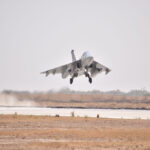
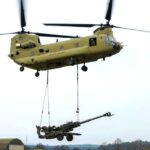
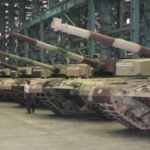
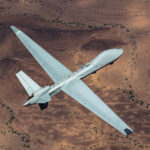
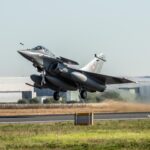


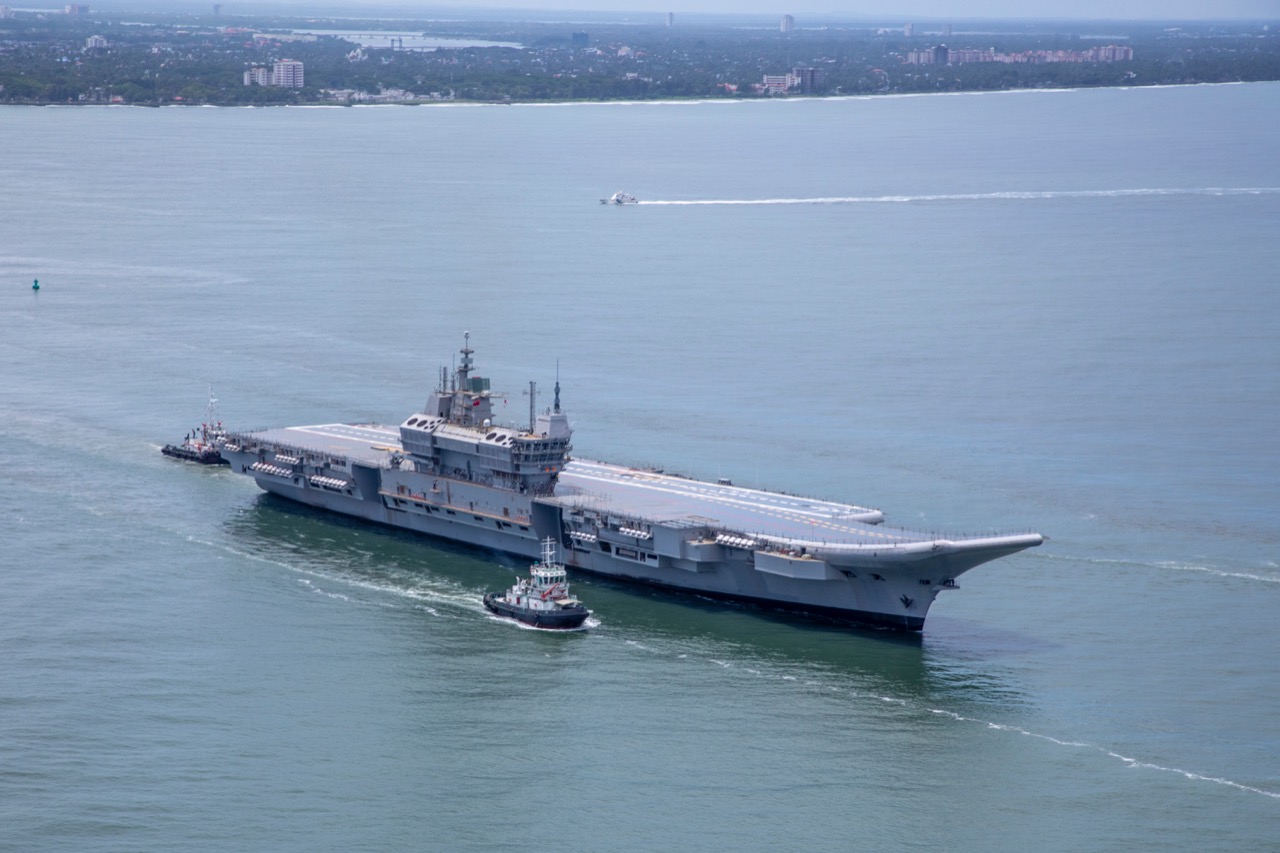

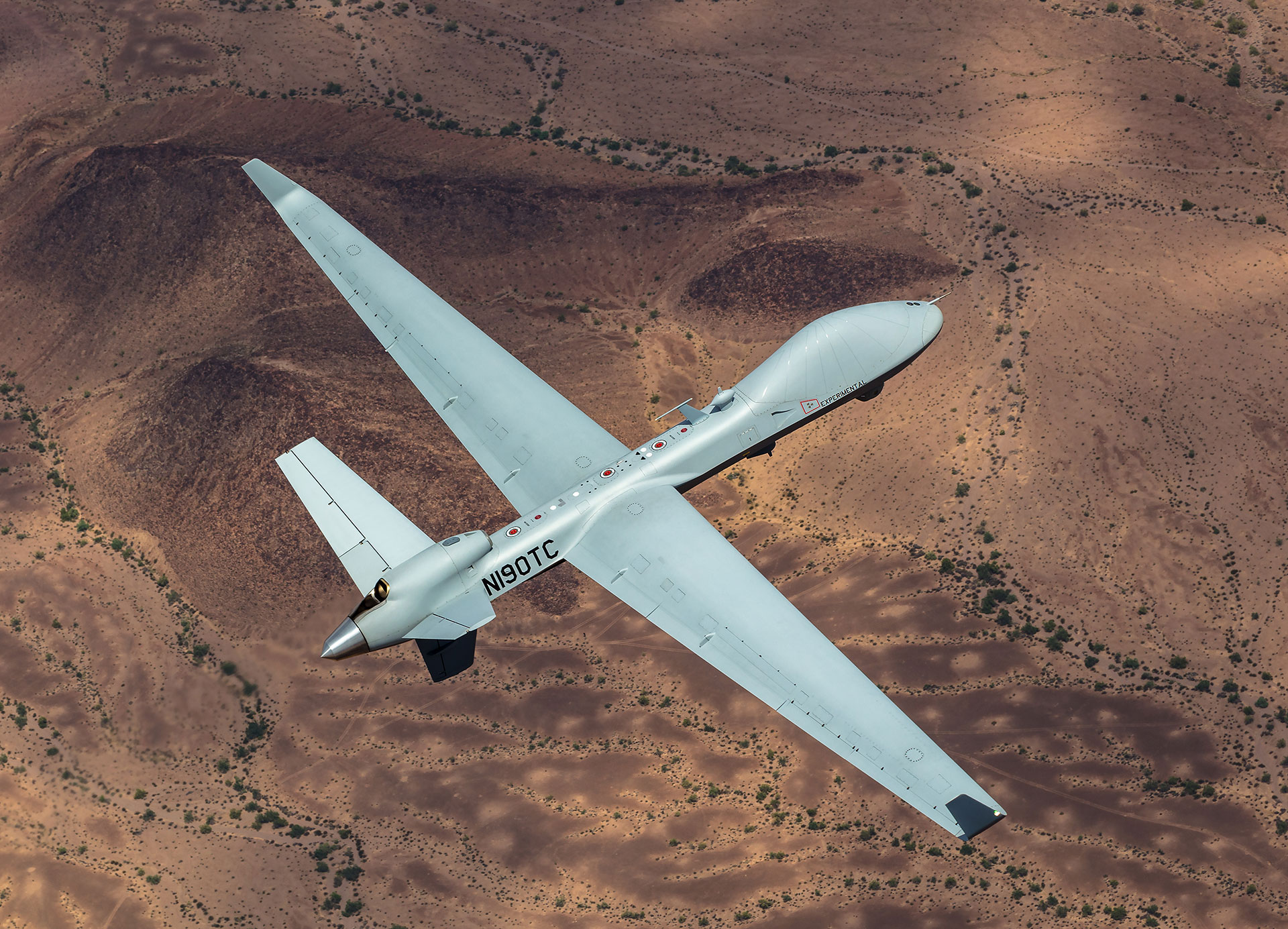
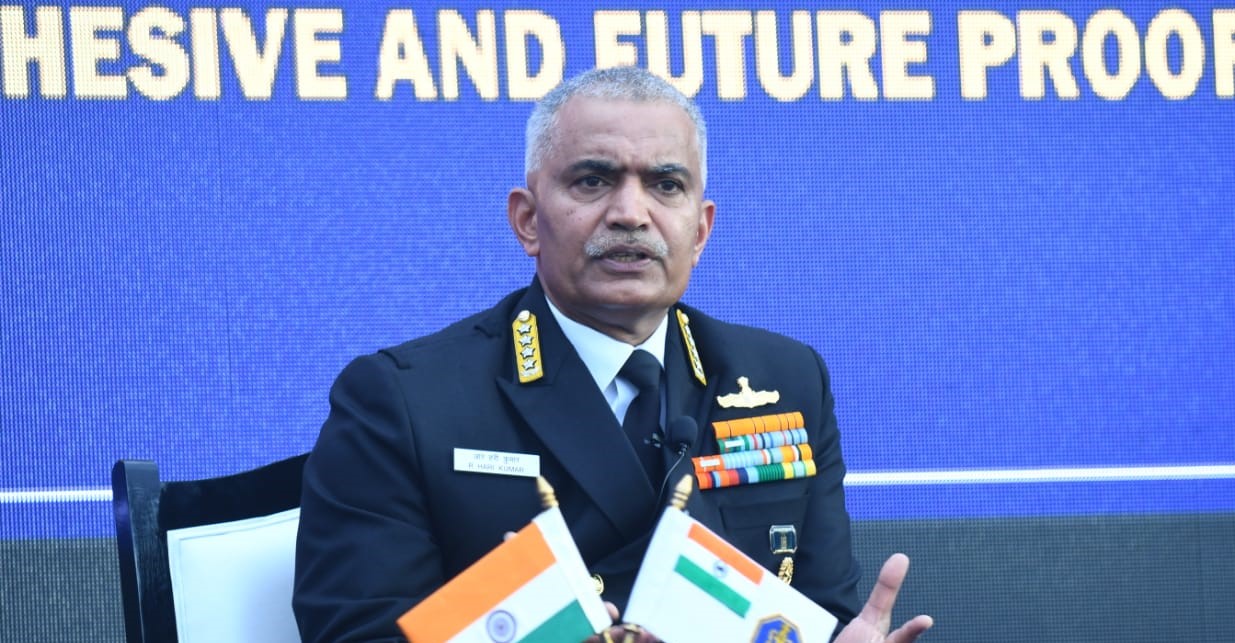
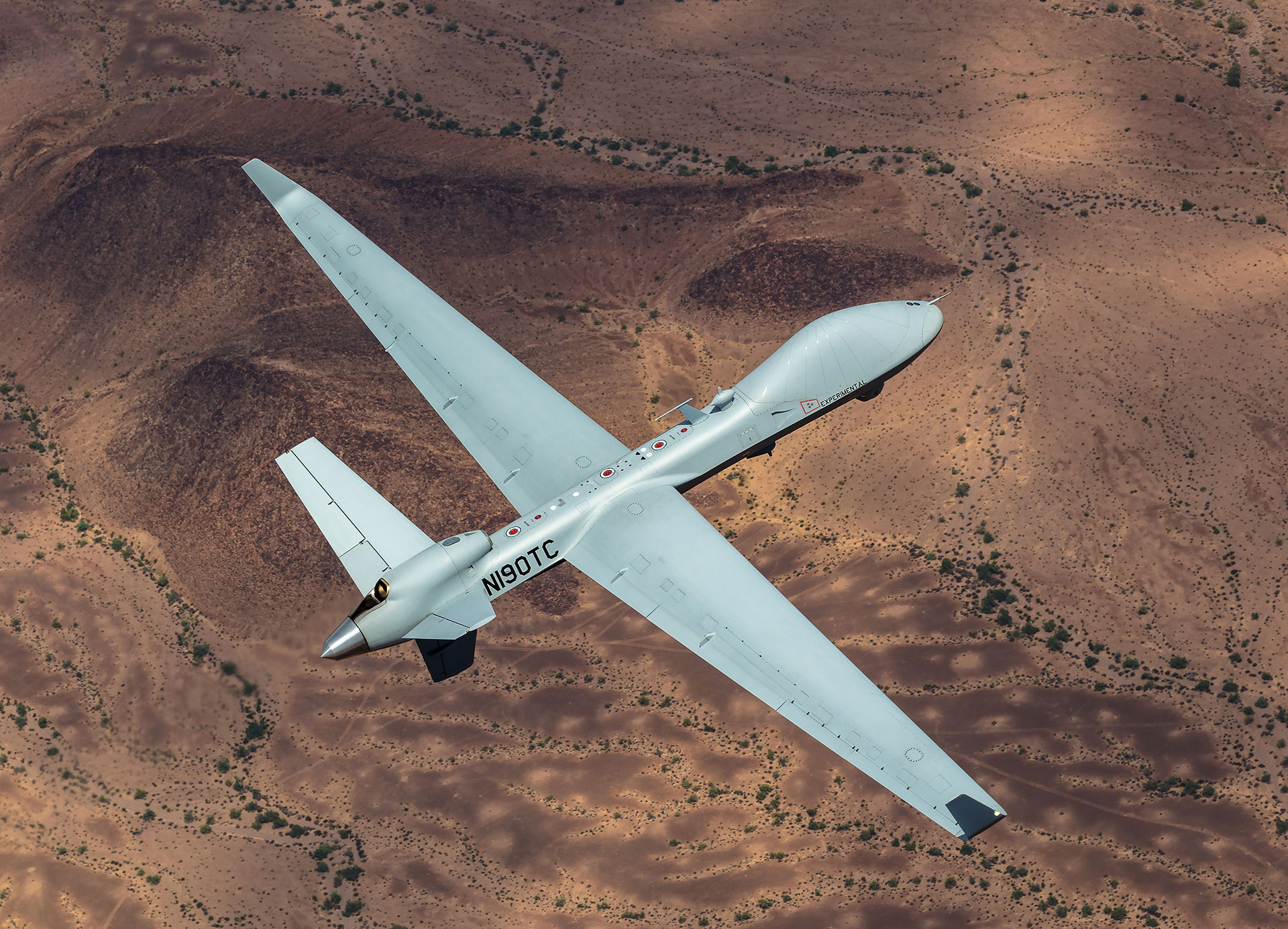
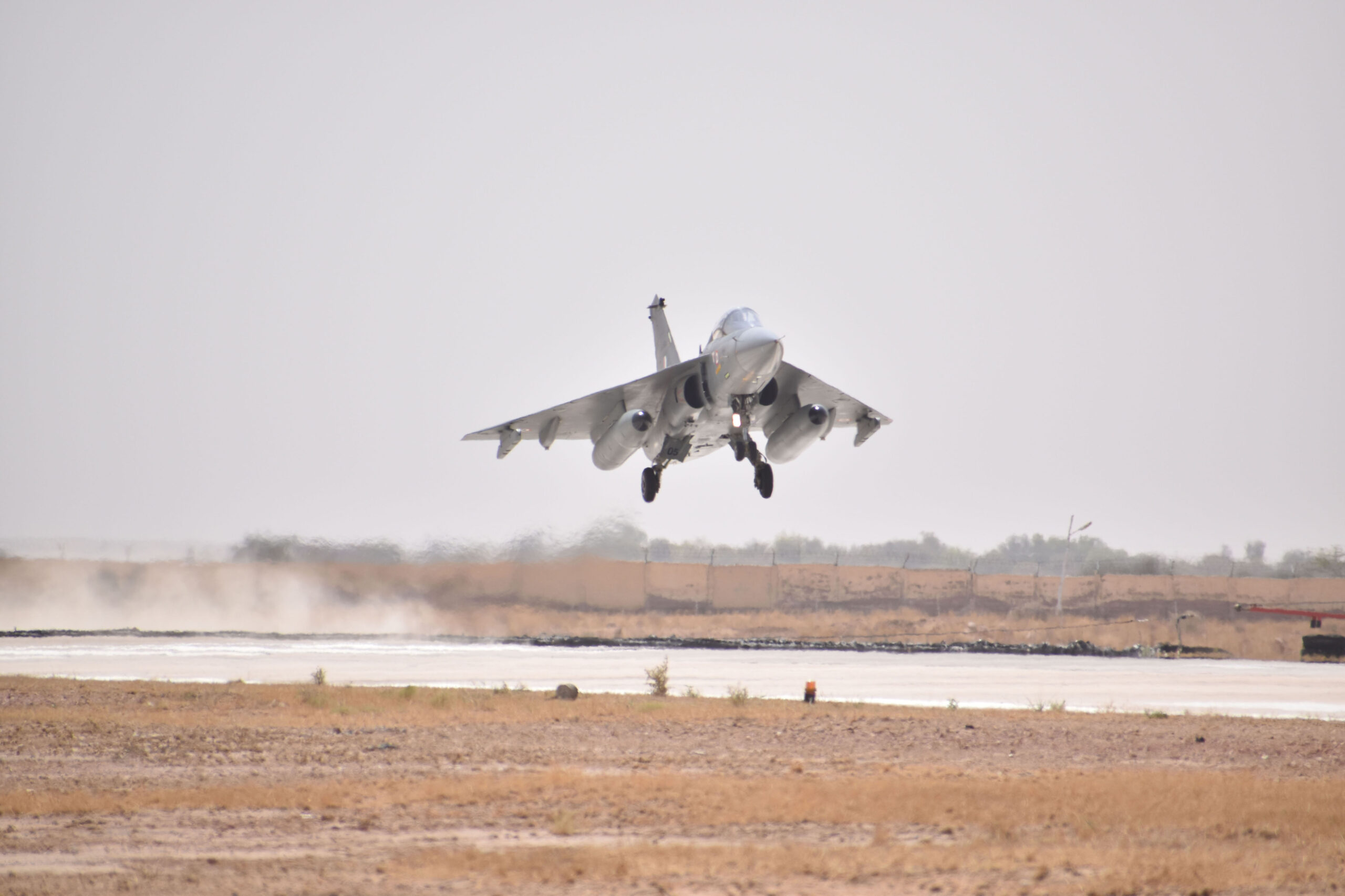
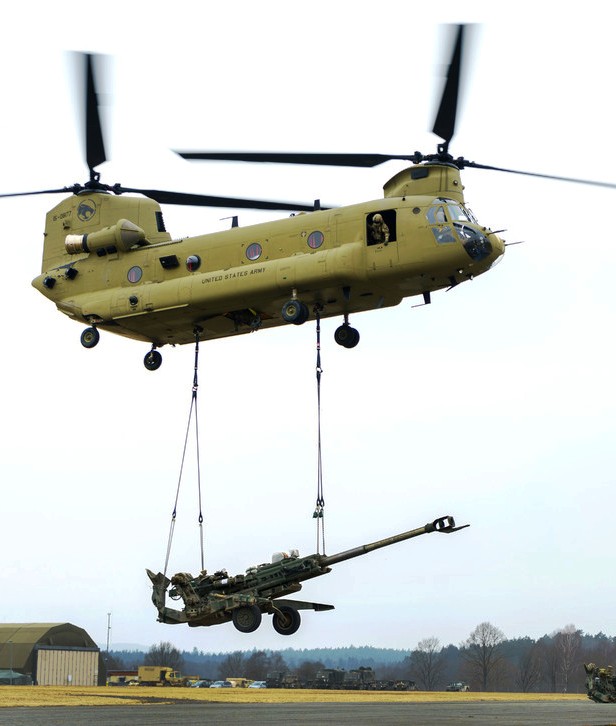
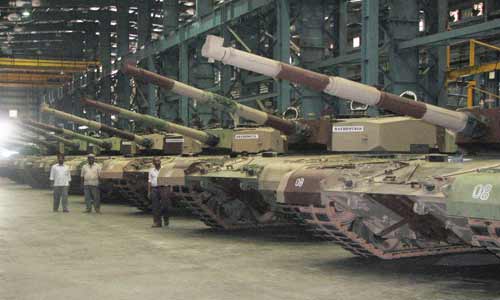
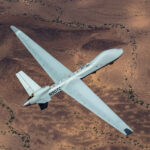

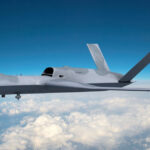
Recent Comments